
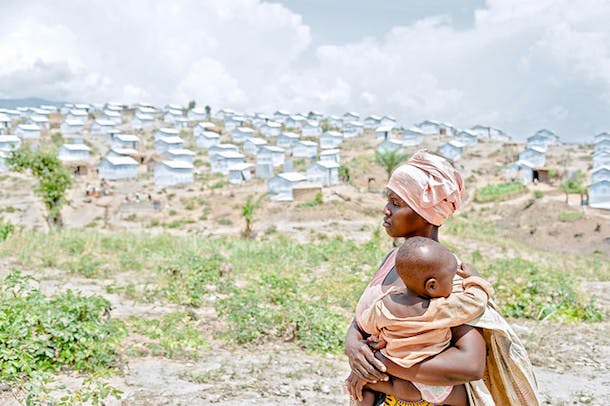
Although we can send a rover to Mars, more than 300,000 women died in 2015 of complications from pregnancy and childbirth – complications that were mostly preventable. It’s simple: No woman should die from giving birth.
No matter where mothers live, the United Nations is committed to improving maternal health because it is a fundamental human right and a crucial development issue that is part of the Sustainable Development Goals (SDGs), which sets a target to reduce maternal deaths by 2030. Stronger maternal health is essential to reducing poverty (SDG 1), ensuring healthy lives (SDG 3), achieving gender equality (SDG 5), and underpins many other global goals.
UN agencies work around the world to support mothers. Outside a rural town in Laos, a mother travels by motorbike to an integrated health services clinic supported by the UN Children’s Fund (UNICEF) to receive a lifesaving vaccine for maternal and neonatal tetanus.
More than 4,000 miles away, in Za’atari refugee camp in Jordan, a mother safely gives birth to a healthy newborn girl, thanks to the skilled care provided by the UN Population Fund (UNFPA).
These 7 statistics reveal the progress made – and the challenges that remain – in maternal health worldwide today:
- Since 1990, the world reduced maternal deaths by 44%.
While maternal health has advanced in almost every region – primarily from increased access to family planning and skilled health care workers – levels of maternal mortality remain unacceptably high in sub-Saharan Africa and South Asia. These two regions account for 88% of maternal deaths worldwide. At the same time, even in countries that have made big progress, many are still grappling with stark inequalities – especially for women living in poverty.
- Around 303,000 girls and women die every year – that’s 830 every day– from preventable causes related to pregnancy and childbirth.
WHO estimates that 99% of these deaths occur in developing countries. However, we have solutions: Most maternal deaths can be prevented if pregnancies are attended by skilled health care workers – doctors, nurses, or midwives – before, during, and after childbirth. Additionally, access to proper equipment, supplies, reliable energy helps improve health.
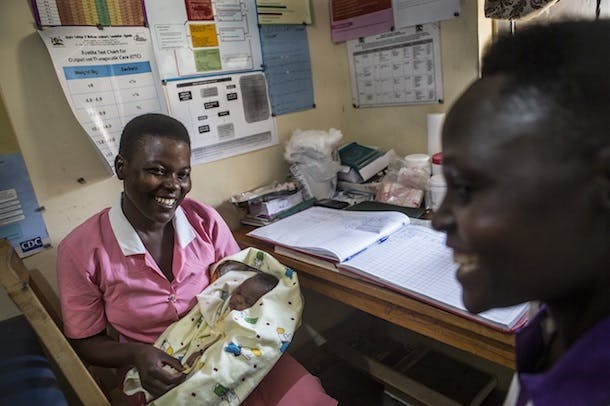
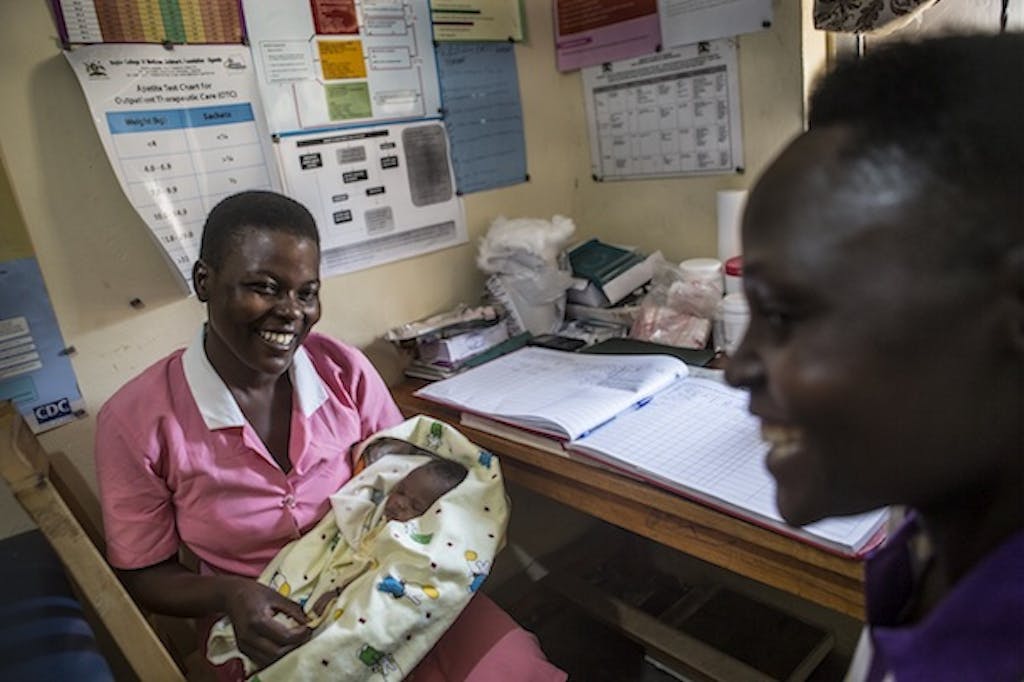
Photo Credit: Edward Echwalu
- Complications during pregnancy and childbirth are the leading cause of death for girls ages 15 to 19 globally.
WHO estimates that 95%of the world’s births to adolescents occur in developing countries.
For many young mothers, pregnancies are neither planned nor wanted and could be prevented with access to contraception.
- More than 500 women and girls in emergency situations die every day from complications due to pregnancy and childbirth.
Conflict, natural disasters, and displacement amplify risks for everyone, but especially for millions of girls and women who are already vulnerable. When crises unfold, women and girls may lose access to family planning and other essential health services, face unintended pregnancies, and become far more vulnerable to sexual violence and HIV.
- In 2017, UNFPA humanitarian assistance reached 10.8 million people with sexual and reproductive health services in 53 countries.
UNFPA is often the first – and in some cases the only – health provider protecting and assisting girls and women affected by crises. The agency’s humanitarian actions in 2017 included supporting 2,280 health facilities that provided emergency 880 mobile health clinics.

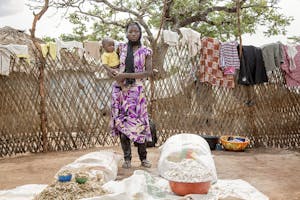
- Fulfilling the unmet need for family planning and providing quality maternal and newborn care would reduce maternal deaths by 73%.
Today, 214 million girls and women around the world want to avoid pregnancy, but are not using modern contraceptives. Access to modern contraception and maternal and newborn health care are critical to enabling women to have the number of children they want, to time births as they desire, and to deliver their healthy babies safely.
- Thanks to global immunization efforts, maternal and neonatal tetanus is endemic only in 15 countries.
In 1999, 59 countries had not eliminated maternal and neonatal tetanus. Though the disease is painful and can be lethal without proper care, an inexpensive vaccine can stop it. UNICEF has immunized over 151 million women in 53 countries to eliminate the disease in more than three dozen countries.
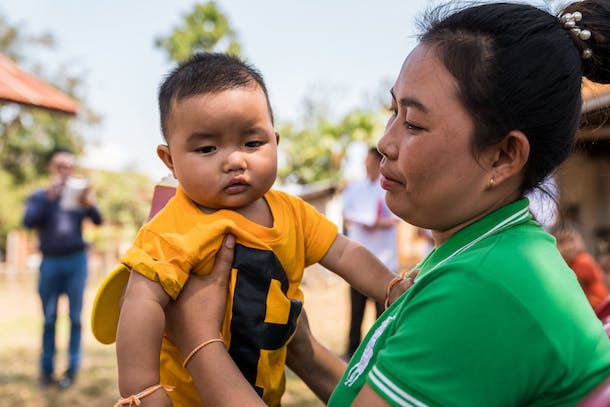

Photo Credit: Ashley Crowther for UN Foundation
While nearly every region has advanced maternal health over the last two decades, it’s clear that girls and women continue to face significant challenges and we need to step up our collective action to achieve our SDG goals.
UN agencies are working every day to improve the health – and the lives – of mothers everywhere. And since our founding, the UN Foundation has made supporting the UN on this issue a pillar of our work.
We work with the UN and partners to improve maternal health and reproductive health and rights – from expanding access to contraception to harnessing solar energy to power health facilities in Uganda and Ghana.
Learn more about our work addressing the rights and needs of girls and women: The Time is Now: Addressing the Greatest Human Rights Challenge.



 View All Blog Posts
View All Blog Posts